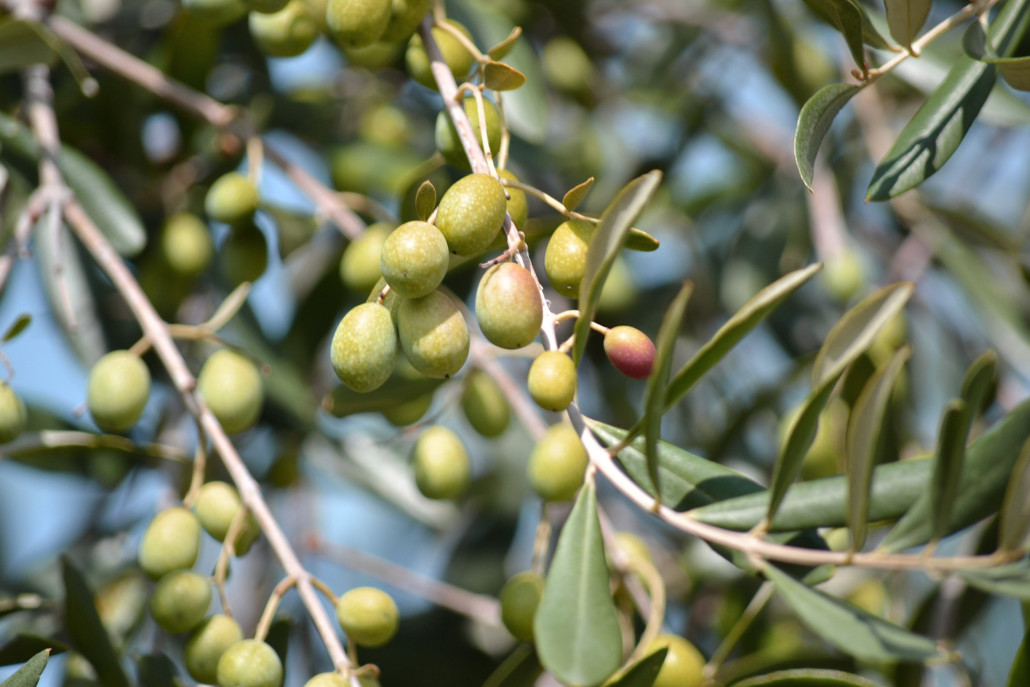
What the Olive Oil Quality Tests Tell Us
The growers of the Olive Oil Commission of California have completed a second year of mandatory testing using the parameters laid out by the California Department of Food and Agriculture Grade and Labeling Standards for Olive Oil, Refined-Olive Oil and Olive-Pomace Oil (the “CDFA Olive Oil Standard” for short).
Olive oil quality testing performed through the OOCC serves a dual purpose. The more important of the two purposes is probably talked about the least. So, we want to emphasize it here: Quality testing provides knowledge for growers, handlers and buyers of olive oil. It’s critically important that the results of both chemical and sensory analysis are well understood by producers. One of the most important benefits of the OOCC testing program is that results are always provided back to the handler. These results provide information not just about the condition of the oil at the moment of sampling, but the tests also tell us about the past (quality of the fruit, storage and processing, conditions, etc.) and the future (shelf life). This information can be invaluable in making operational changes to maintain and improve the quality of your brand.
The secondary purpose of the OOCC testing is to help correctly categorize an olive oil according to its grade: a virgin olive oil is graded “extra virgin,” “virgin” or “crude” depending on the results of various quality tests.
Refined-olive oil and olive-pomace oil products are also subject to various quality parameters (all these parameters can be viewed here). Below is a quick look at some of the main quality tests referenced in the CDFA Olive Oil Standard.

Free fatty acid or free acidity (FFA) is a measurement of the release of the fatty acid chains from triglycerides indicating the breakdown of the triglycerides. It gives some indication of oil quality based on fruit quality and handling. It is usually given as a percentage of free fatty acids on the basis of the oleic acid, which is the dominant fatty acid in olive oil (gm per 100 grams of oil). This should not be confused with the percentage of oleic acid in the olive oil. Although FFA does not change much over the life of oil, a lower FFA level at production will contribute to longer shelf life.
Peroxide value (PV) is a measure of peroxide compounds arising from primary oxidation. A high peroxide value usually indicates poor processing, and that the oil might not keep well. The final stage in oxidation is peroxide breakage, resulting in the formation of new compounds that we can perceive as rancid smelling. Interpreting this chemical value is quite easy and useful when measured in freshly-made virgin oils, but later in the life of the oil it cycles up and down and must be related to other analytical parameters for meaningful interpretation.
Ultra violet absorbency (UV) is an indicator of oxidation using the UV spectrum. Called K232 and K270 (or K268), these tests measure the quantity of secondary oxidative compounds at wavelengths of 232 and 268 nanometers (nm). K232 is considered a critical marker for good quality extra virgin olive oil. Oxidation can be the result of natural aging or indicative of poor handling or heating during the refining process. Delta (Δ) K measures the difference between absorbance at 270 nm and 266 nm–274 nm as a way of indicating treatments consistent with the presence of refined or pomace oil.
1,2- and 1,3-diacylglycerol (DAGs) are breakdown products of the triacylglycerols characterized by different locations of the remaining carbons on the glycerol backbone. 1,2-DAG is high in well-made fresh olive oil from good fruit and 1,3-DAG is higher in olive oil made from poor quality fruit or oxidized or refined olive oils. The ratio between 1,2-DAGs and 1,3-DAGs declines steadily and is a good indicator of the age of an oil.
Pyropheophytins (PPP) are breakdown products of chlorophyll. Over time, chlorophyll breaks down first into pheophytins then into PPP, making PPP an excellent indicator of the age of an oil. Light and heat can accelerate the production of PPP. PPP levels will rise quickly with heating which makes them a valuable marker for the possible presence of deodorized oil.
Organoleptic (sensory) analysis by a trained taste panel using official protocols is an important part of determining the grade of virgin olive oil. Taste panels identify and quantify defects and basic positive attributes in an olive oil. In order to be classified as extra virgin, an olive oil can have no defects of flavor, and must have some fruitiness.
Chemical analysis and sensory analysis are both required for a full assessment of the quality of olive oil; they are complementary procedures. Chemical analysis provides valuable information about the current condition of an oil, but there is no single test that can definitively determine everything. For example, the strong relationships between DAGs, PPP and sensory intensity can be used to predict, track and monitor the quality of extra virgin olive oils over time. It is the appreciation of relationships between the different test results that gives the best picture of the product.
We encourage OOCC members to pay close attention to the test results. The overarching goal of the OOCC is to ensure all olive oils from California are trusted and valued. Tests are one sure way to understand the value of your product and are vital to continuous improvement of California olive oils.